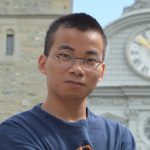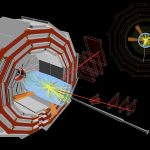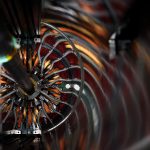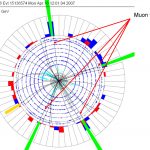The annual Universities Research Association Thesis Award recognizes outstanding work for a thesis conducted at or in collaboration with Fermilab. Zhang’s winning Ph.D. dissertation included insights into both physics searches and equipment upgrades at the Large Hadron Collider’s CMS detector. Fermilab serves as the U.S. hub for CMS.
Z boson
From CERN, Jan. 26, 2021: This week marks the 50th anniversary of the first proton collisions in CERN’s Intersecting Storage Rings, the first hadron collider ever built. To celebrate, see hadron colliders of the last half-century — including the Tevatron and the Large Hadron Collider — through a historical lens, with an eye toward the quest for high luminosity and new energy frontiers.
Scientists on Large Hadron Collider experiments can learn about subatomic matter by peering into the collisions and asking: What exactly is doing the colliding? When the answer to that question involves rarely seen, massive particles, it gives scientists a unique way to study the Higgs boson. They can study rare, one-in-a-trillion heavy-boson collisions happening inside the LHC.




